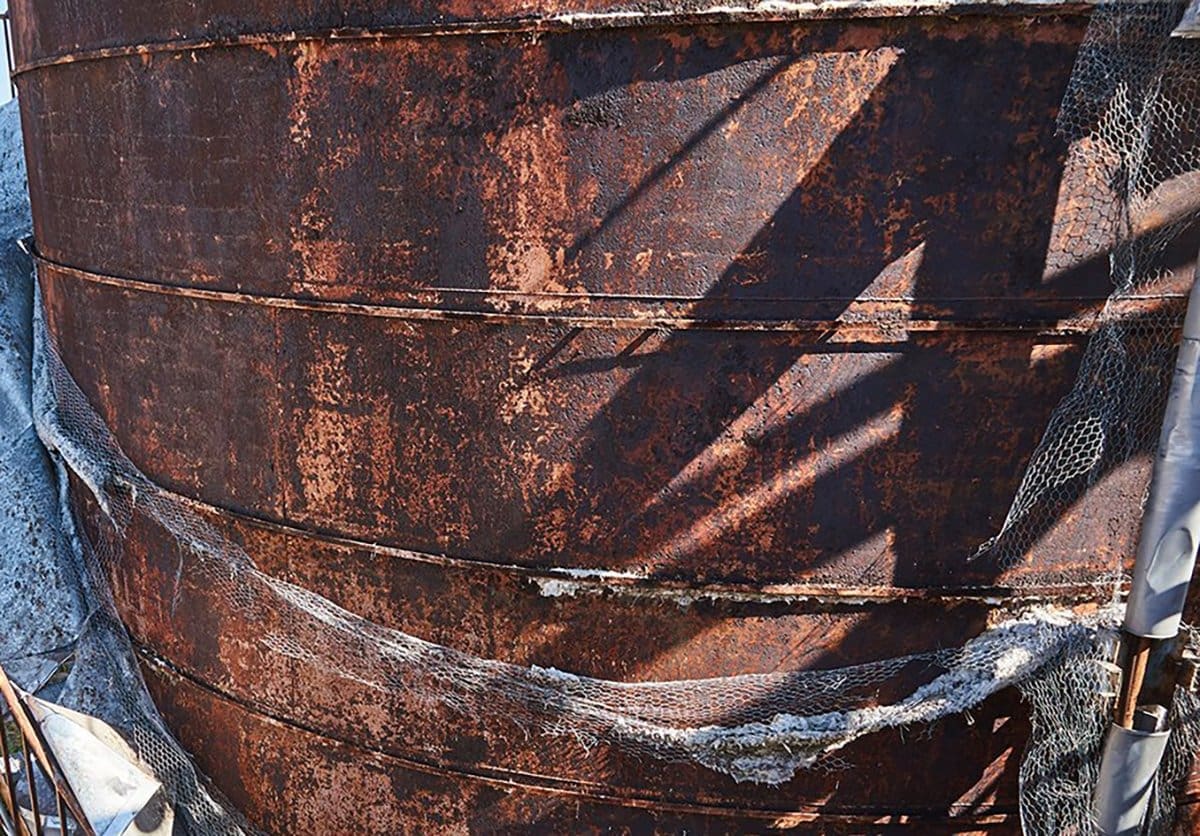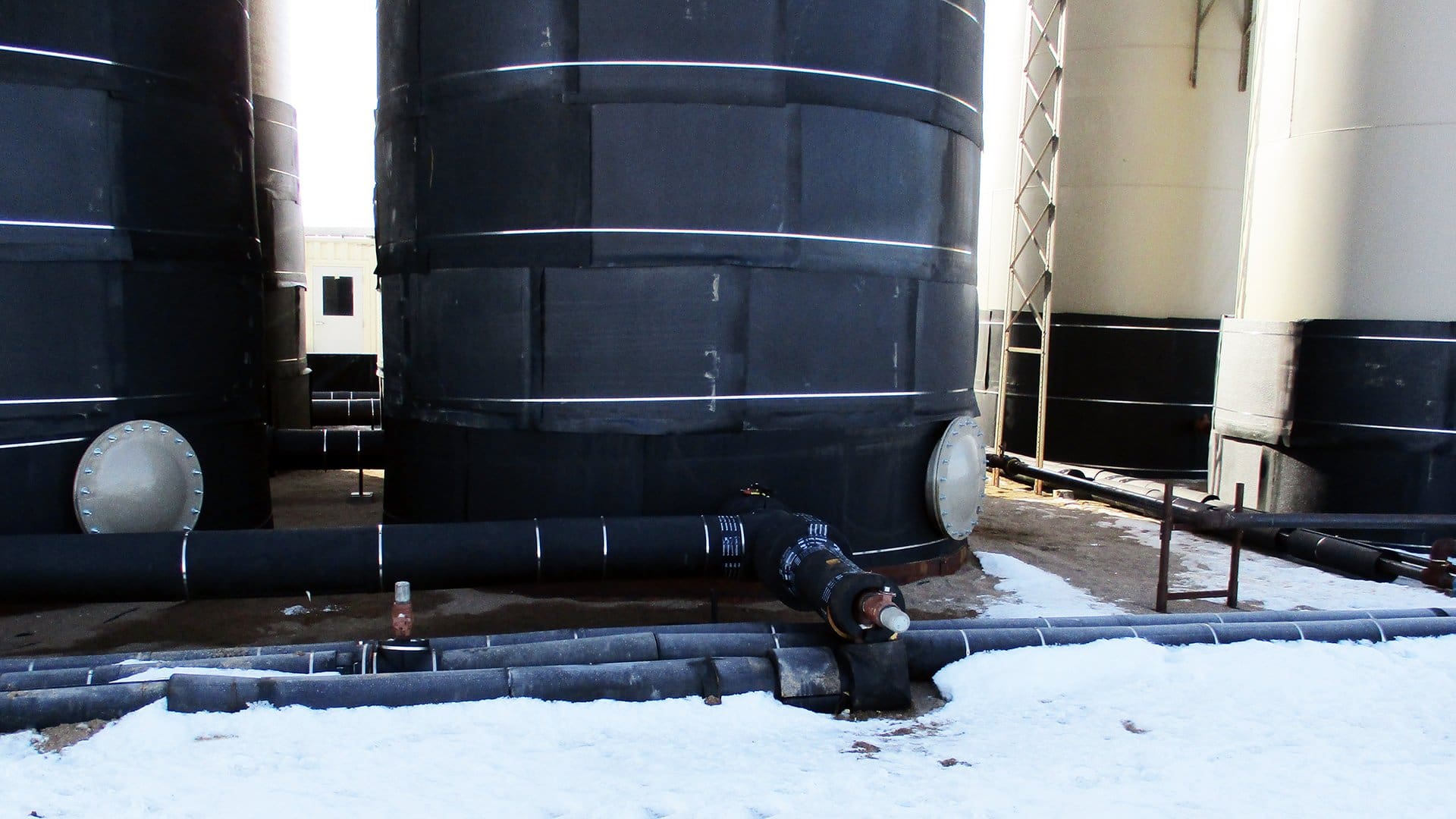CUI poses an expensive threat to operations if you don’t choose the right insulation for the job.
Storage tanks are an important part of operations in industries ranging from food and chemicals to plastics, steel, oil and gas. Because their contents can range from the benign to the lethal, maintaining their operational integrity is not only a matter of efficiency but also a matter of safety. To keep contents at stable temperatures, maintain product quality, avoid freezing, and to protect the tanks from damage, they are often wrapped in insulation.
The purpose of tank insulation is to provide thermal stability, protection from the elements, and a buffer for workers from the excessive heat coming off the equipment. But for all of the benefits that come with insulation, there is one drawback, and it’s one so serious that it can shut down operations, lead to loss of product, negatively impact workplace safety, and cost tens of thousands in repairs. We’re, of course, talking about corrosion under insulation, otherwise known as CUI.

What is CUI?
As we explained in this article: Corrosion Under Insulation – What Is It? And How Do You Keep It from Happening? CUI is the rusting and degradation that can happen to a tank when it is covered in insulation that holds moisture on the tank’s surface. The article explains how galvanic, acidic, and chloride CUI occurs in this environment under varying conditions and how the most commonly used insulation types are more prone to causing CUI than others.
Worst Types of Insulation for Tank CUI
Though they have been the go-to standard for decades, the most frequently used types of insulation are, unfortunately, the ones that most often cause CUI. Rockwool, wrapped fiberglass, and calcium silicate are notorious for failure when moisture is present. They soak up water and hold it against tanks and pipes, causing damaging CUI. Additionally, the absorbed moisture negates the insulative properties, rendering the insulation effectively useless.
Where Does CUI on Tanks Typically Occur?
CUI occurs most often at the places on a tank where water has an opportunity to pool or settle.
CUI also occurs more often on tanks operating within certain temperature ranges.

How Can It Get So Bad So Fast?
CUI Usually Happens Where You Can’t See It
As the name suggests, CUI happens under the insulation – where you can’t see it. And, as anyone who has ever worked with fiberglass or rockwool can tell you, removing this type of insulation in order to inspect the tank underneath is labor-intensive and expensive. Plus, it’s difficult, if not impossible, to reuse those types of insulation because they tend to fall apart. This means that inspecting a tank can lead to a total re-insulation project, in addition to a whole lot of waste that needs to be managed. These reasons are a big part of why CUI-related issues can represent 40-60% of total maintenance costs.

Dragon Jacket – a Better Way to Insulate Tanks
Dragon Jacket Insulation solves the CUI problem and is way easier to work with than standard insulation options. Because it is 100% waterproof and non-absorptive, it eliminates the opportunity for water to sit on the pipes and cause damage. Plus, because it is so easy to remove and reinstall using standard tools and personnel, inspecting equipment can happen fast, with zero waste. This means you can quickly and easily inspect your tank and equipment as often as you like without the need to buy any new product or hire an installation specialist.




